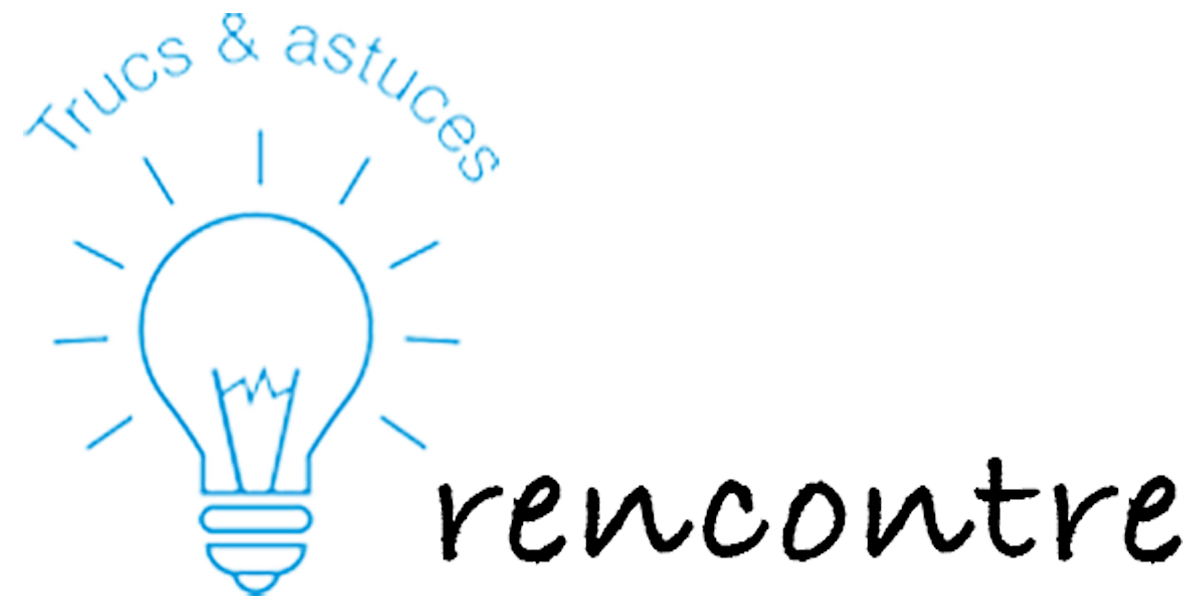That is because some of the bonds are issued at a discount, so this reduces the balance of their bonds payable. To illustrate, let’s use the contra asset account Allowance for Doubtful Accounts. Since it is a contra asset account, this allowance account must have a credit balance (which is contrary to the debit balances found in asset accounts).
- Sometimes, both accounts can be written in a single line if they don’t represent a large portion of the assets.
- Examples of contra accounts include allowance for doubtful accounts, reserve for obsolete inventory, and accrued liabilities.
- Last, for contra revenue accounts there are sales discounts, sales allowances, or sales returns.
- For example, accumulated depreciation is a contra asset that reduces the value of a company’s fixed assets, resulting in net assets.
When the amount recorded in the contra revenue accounts is subtracted from the amount of gross revenue, it equals the net revenue of a company. In case a customer returns a product, the company will record the financial activity under the sales return account. However, some asset accounts need a negative counterpart to reduce the balance of that account. The debit balance of the asset account and the credit balance of the contra asset account determine the net value of the asset. Normal asset accounts have a debit balance, while contra asset accounts are in a credit balance. Offsetting the asset account with its respective contra asset account shows the net balance of that asset.
Contra Liability Account
The company uses Straight-Line Depreciation to track the loss of value of the asset over time. The discount on bonds payable amount shows the difference between the amount of cash received when issuing a bond and the value of the bond at maturity. A company creates allowances for doubtful accounts to record the portion of accounts receivable which it believes it will no longer be able to collect. The amount in allowance for doubtful accounts is deducted from the accounts receivable account of a company. In this way, the historical cost, the amount of write-off, and the book value of an asset can always be seen on the balance sheet.
- Contra equity is a general ledger account with a debit balance that reduces the normal credit balance of a standard equity account to present the net value of equity in a company’s financial statements.
- This focus on accountability has in part led to a 15-year high in housing starts in California.
- When the account receivable is written off, it is added to bad debt expense on the income statement and placed in the contra account.
- This content was originally created by member WallStreetOasis.com and has evolved with the help of our mentors.
- In footnote 3, the company reports, « Net property and equipment includes accumulated depreciation and amortization of $25.3 billion as of August 1, 2021 and $24.1 billion as of January 31, 2021. »
- Go a level deeper with us and investigate the potential impacts of climate change on investments like your retirement account.
Including contra accounts on a balance sheet is important as it allows for a more transparent view of a company’s financial position. This is done by separating the decreases that have https://personal-accounting.org/how-to-start-a-bookkeeping-business-in-9-steps/ occurred in the contra account from the original transaction amount. This allows the reader to see both the current and historical book values for a particular asset or liability.
Everything You Need To Build Your Accounting Skills
Go a level deeper with us and investigate the potential impacts of climate change on investments like your retirement account. Osman Ahmed is a member of WSO Editorial Board which helps ensure the accuracy of content across top articles on Wall Street Oasis. Osman started his career as an investment banking analyst at Thomas Weisel Partners… This content was originally created by member WallStreetOasis.com and has evolved with the help of our mentors.
Contra assets decrease the balance of a fixed or capital asset, carrying a credit balance. Contra equity accounts carry a debit balance and reduce equity accounts. Contra revenue accounts reduce revenue accounts and have a debit balance. A contra account offsets the balance in another, related account with which it is paired. Contra accounts appear in the financial statements directly below their paired accounts.
Equity Contra Account
If a company has a high or fast-growing allowance as a percentage of accounts receivable, keep a close eye on it. Allowance for doubtful accounts is contra asset accounts that offset the accounts receivable. They are used in case some customers won’t be able to pay the money they owe to the business. If a company sells a bond at a discount, the difference between the cash received and the value of the bond it sold will be listed as “discount on bonds payable,” which is a contra liability account, the counterpart of bonds payable. Contra liability accounts are special accounts in the liabilities section of the balance sheet.
For the purpose of financial statement reporting, the amount on a contra account is subtracted from its parent account gross balance to present the net balance. Accumulated depreciation is the total of all depreciation that has been charged to existing fixed assets such as equipment and buildings. There can be hidden value in stocks that have a lot of fully depreciated buildings. Companies like to depreciate assets as quickly as possible to get the tax savings, so the balance sheet may not state the true value of fixed assets. The allowance for doubtful accounts – often called a “bad debt reserve” – would be considered a contra asset since it causes the accounts receivable (A/R) balance to decline.
The Contra Revenue Account
When the original dollar amount is kept in the original account and a separate account is used for recording the deduction, the resulting financial information becomes more transparent and helpful for stakeholders. For example, a building is acquired for $20,000, that $20,000 is recorded on the general ledger while the depreciation of the building is recorded separately. Get instant access to video lessons taught by experienced investment bankers. Learn financial statement modeling, DCF, M&A, LBO, Comps and Excel shortcuts. Still, the dollar amounts are separately broken out in the supplementary sections most of the time for greater transparency in financial reporting. Pilot provides bookkeeping, CFO, and tax services for literally thousands of startups and growing businesses.
The equity section of the balance sheet is where the shareholder’s claims to assets are reported. The main contra equity account is treasury stock, which is the balance of all stock repurchased by the company. When a company repurchases shares, it increases the fractional ownership of all remaining shareholders. For instance, if a company sells a product but later accepts it back for a refund, the sale is reversed through a contra revenue account. Similarly, discounts given at the point of sale also reduce the total revenue. It’s important to track contra revenue as it impacts the net revenue reported on the income statement, which in turn affects the business’s profitability and overall financial health.
Sales Returns Account
Whenever the balance of an account needs to be reduced in a company’s ledger, it is not always applicable to credit the account if it is an asset or debit the account if it is a liability. Hence, the term valuation account represents all types of balance sheet What is best nonprofit accounting software accounts related to their corresponding balance sheet accounts. This helps the firms to evaluate the book value of their assets and liabilities. Home Depot reports that returns are estimated at the time of the sale based on historic returns numbers.
- For this reason, contra accounts are primarily seen as having negative balances because they are used to reduce the balance of another account.
- The purpose of the Accumulated Depreciation account is to track the reduction in the value of the asset while preserving the historical cost of the asset.
- Unlike the three previously mentioned contra accounts, contra revenue accounts are not listed in the balance sheet but are written near the top of the income statement.
- The amount in allowance for doubtful accounts is deducted from the accounts receivable account of a company.
- Contra asset accounts include allowance for doubtful accounts and accumulated depreciation.


